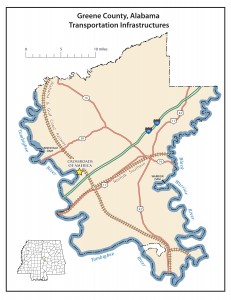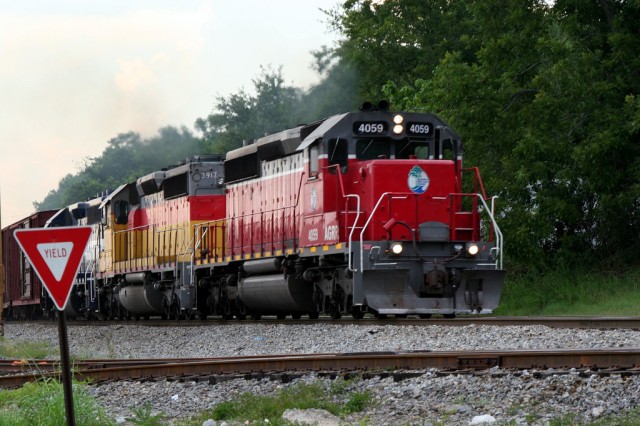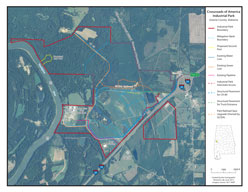Greene County, Alabama is directly in the center of the one of the nation’s most industrially productive regions. West central Alabama is a vibrant and beautiful area that is poised for economic growth with prospective plant sites ready for immediate development. Interstates, Railways, Waterways, and Air traffic connecting every main market in the Eastern U.S. all converge in Greene County, creating an ideal location for businesses to develop, manufacture, and distribute their products.
Road
Greene County, AL is ideally located in the heart of the I-20/59 economic corridor which connects all major cities from Atlanta, GA to New Orleans, LA. An 8-hour drive time from the Crossroads of America Industrial Park in Greene County, AL reaches west to Dallas/Fort Worth, north to Cincinnati, OH, west to Charleston, SC, and south to Jacksonville, FL.
Rail
We are serviced Alabama Gulf Coast Rail, which is a subsidiary of Gennesee & Wyoming giving easy access to all other major rail lines in the Southeast. The GCIDA-owned railway spur at the Crossroads of America Industrial Park links rail lines headed North, South, East, and West across the U.S. Alabama has over 3,700 miles of track that have direct connections to most all major markets in the nation.
Air
Greene County is located within an hour of Alabama’s largest airport, Birmingham-Shuttleworth International Airport, as well as Mississippi’s Meridian Regional Airport. International flights are easily accessible via direct flights from major connecting cities, especially being located so close to two of the county’s largest freight centers: Memphis and Alabama.
Water
Greene County’s borders are defined by the Tombigbee River to the west and the Black Warrior River to the east. Both are serviced by the Tenn-Tom waterway river systems. The Port of Mobile and other Gulf Coast seaports are just a few hours away.
The Port of Mobile is located just 32 miles from the open waters of the Gulf of Mexico. Its terminals connect to two interstate systems and to nearly 15,000 miles of inland and Intracoastal waterways, providing shippers with low cost water access to ports along the Gulf of Mexico, the Tennessee, the Ohio, and Upper Mississippi river systems.




